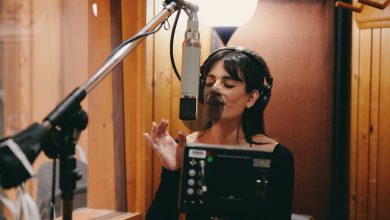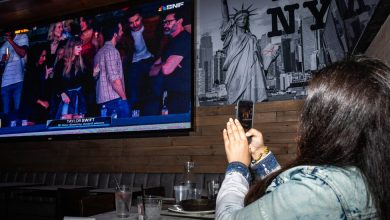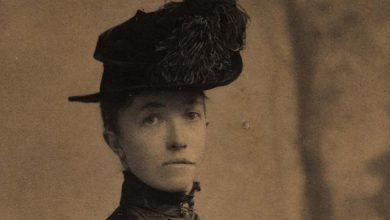Review: Robert Gober Conjures America

The artist Robert Gober must be a consummate shopper. “Cows at a Pond,” his fragmentary but resonant portrait of the United States at Demisch Danant, has been curated entirely from his own possessions. That is, from his own art and work by other artists living and dead that he has collected, combined with selections from the ephemera and Americana he has accumulated over the years, including some of his household furniture.
Visiting this show can seem stepping inside a grand, laser-sharp obsession. You can picture Gober — whose best-known sculptures use familiar but distorted objects to conjure some of the perils of childhood — paging through obscure auction catalogs and haunting thrift shops. In addition he seems to regularly pore over all kinds of printed matter, tracking down or coming across the odd bit of ephemera that may have a use that only he can see.
The things he finds may become artworks, or parts of them, or may stand on their own, adjacent to his art, as clues to or parts of a larger narrative. Every detail is noteworthy. For example, a photograph of Charles Darwin suggests life as a struggle — psychically and physically — which is certainly a theme here. The checklist reveals that the photograph was taken by Darwin’s son Leonard, introducing the idea of family dynamics, which recurs in startling ways.
Also, some inclusions add weight to others. A red-and-black on yellow sign suspending parking in Washington, D.C., on Jan. 5 and 6, 2021, gives new relevance to a 1972 painting in the gallery’s front window by the maverick conceptualist Jonathan Borofsky. It shows a young boy climbing into the family car after school, announcing “Mom, I lost the election.” From the mouths of babes ….
Moments of comfort — art for sanity’s sake you could say — include a tender drawing of a dog’s head by the Abstract Expressionist Elaine de Kooning. It hangs slyly above a first edition of Allen Ginsberg’s “Howl” — that is actually a meticulous replica of the book made in 1990 by the artist Steve Wolfe. Also on hand: Stuart Davis’s “Clothes on a Line,” a 1910 painting of white garments levitating in the day’s last light, like ghosts. Next to this working-class vista is a more privileged one: a sketch of sailboats by John F. Kennedy.
There are also references to individuals of inspirational determination. Barbara Jordan, the first Southern Black woman elected to the House of Representatives, is present in a photograph. A portrait of the Rev. Dr. Martin Luther King Jr. by an unknown painter faces a book inscription by Helen Keller: “I just read this book and like it so I am sending it to you.” Both the book it was torn from and its intended recipient are lost to history.
But don’t miss the threat implicit in the King portrait’s neighbor: a cartoon-creepy drawing of a hand with Morticia-like long fingers and pointed nails; it’s a Matisse study for the chapel in Vence, France, but in this context it evokes the white violence that plagued King’s life.
Gober’s early sculpture — a large, functioning dollhouse titled “Dollhouse 2,” from 1977 — occupies the center of the show. Childhood is also evoked in two nearby found objects, both handmade: a pair of child-size wood crutches and a decrepit wood-and-marble baptismal font. The combination may bring to mind the poignant title of D.W. Winnicott’s great book on childhood development, “Home is Where We Start From.”
Robert Gober: Cows at a Pond
Through Oct. 21 at Demisch Danant, 30 West 12th Street, Manhattan; 212- 989-5750, demischdanant.com.




